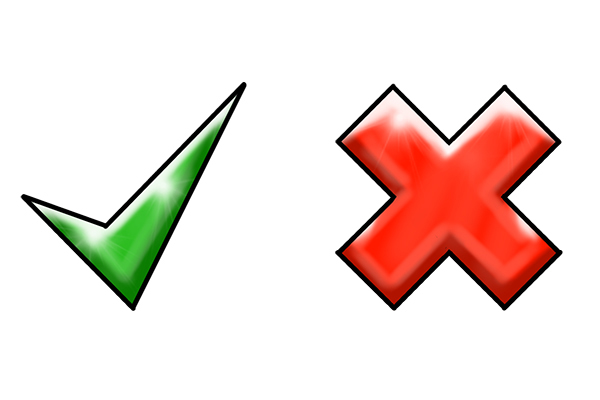Slotting and grooving router cutters
The next pages provide information on Slotting and grooving router cutters produced by Trend
Slotting and grooving router cutters can also be known as arbor-mounted router cutters. They consist of single or multiple slotting cutters (also known as “groovers”) assembled on an arbor, using spacers, shims, and ball-bearing guides to adjust their proximity and their depth of cut.
Most slotting and grooving cutters consist of eight basic parts: Groovers and profile blocks, arbors, bearing guides, shims, spacers, washers, and nuts. The exact parts and order in which you assemble them on the arbor will vary depending on which cutter you are using and what type of cut you want to produce.
Slotting and grooving router cutters are commonly used to produce the parts needed for some woodworking joints. Biscuit jointer sets are for making biscuit joints. They are usually supplied with bearing guides of different diameters, usually to suit the three common biscuit sizes of 0, 10 and 20. Otherwise, there are dedicated power tools called biscuit jointers that are ideal if you need to create biscuit joints regularly.
Matchlining router cutters are used to produce matchlining joints. The square-tipped cutter produces the groove while the angled profile block cuts the V-joint profile. Tongue and groover sets are designed to produce a tongue and groove joint and are often supplied set up in tongue mode and will require parts to be rearranged on the arbor in order to rout the groove
are comprised of several, equally spaced, groovers mounted on the arbor. They are designed to produce comb joints. Finger joint sets consist of several carbide-tipped finger groovers which, together with an abutting edge cutter, are used to create finger joints.
The advantages and disadvantages of slotting and grooving router cutters |
|||
 |
ADVANTAGES |
|
DISADVANTAGES |
|||||
|
|
|||||||







